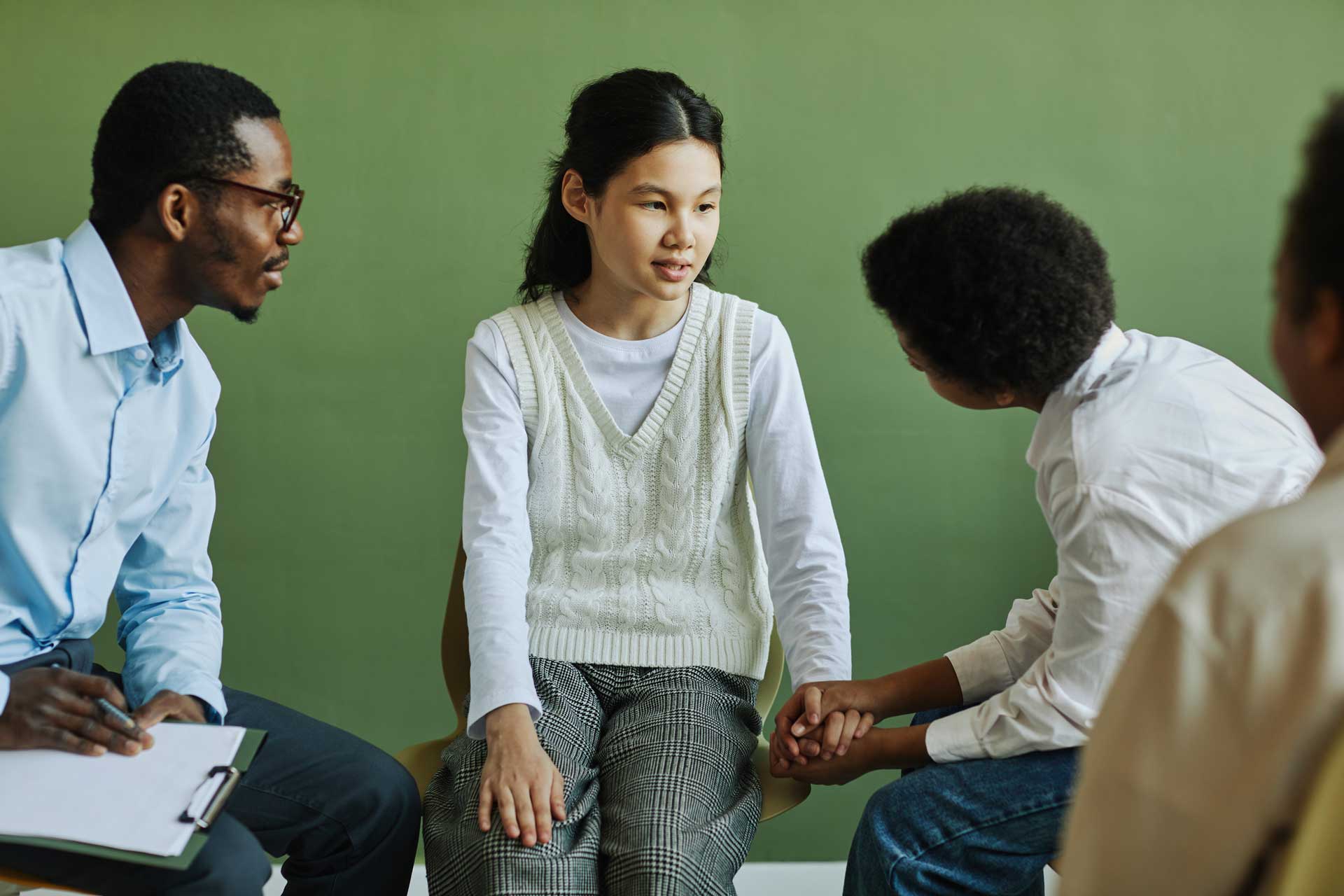
We all tend to focus educational achievement on how much we know or what we can do — content knowledge and concrete skills that are easily defined and measurable.
But I can’t think of anything more concrete than empathy.
“Empathy is a building block of morality — for people to follow the Golden Rule, it helps if they can put themselves in someone else’s shoes. It is also a key ingredient of successful relationships because it helps us understand the perspectives, needs, and intentions of others.”
— Greater Good Science Center at UC Berkeley
Educators see firsthand the power of giving students these emotional building-blocks.
Through a combination of both the sensations and feelings we experience in response to other people’s feelings, and an ability to identify and understand other people’s emotions, students are able shift their attitudes about the world and see their place in it.
In this way, empathy is the first step towards critical thinking and leadership skills.
The challenge for education is to identify a tangible system for learning empathy in the classroom and build emotional skills as part of the wider curriculum.
One route for educators to begin teaching empathy is by introducing storytelling or media into your lessons.
Empathy is at the center of many creative character-driven stories. It is what captures our attention and connects us to the plot.
Whether it’s the brutally honest story of a young female journalist in Syria (NOT ANYMORE: A STORY OF REVOLUTION) or the inspiring 19-year-old born into the marginalized ‘untouchable’ community that finds his voice as a community organizer and citizen journalist (A NEW PATH), stories can bring students right into the action by connecting them to a relatable protagonist.
We have seen this first step in the reaction of students to social impact documentaries.
“I am surprised at how much these [SIMA] stories have made me reflect on my own life and my own choices and how I can affect people living on the other side of the world just from watching these films.”
— SIMA Academy Student
“The film made me realize how there are more important issues than mine and to take things for granted in life because to others it is so much more.”
— SIMA Academy Student
Teachers have combined the issue-based films with discussions and lesson plans — using the students emotional responses to the film as the basis for learning.
This means that at the same time as experience empathy, compassion, and perspective, students can be learning the content knowledge expected from your curriculum for geography, global studies, social studies, and more.
By seeing social issues with their own eyes, students can begin forming a more connected worldview that breeds understanding and acceptance both within the classroom and beyond school walls.